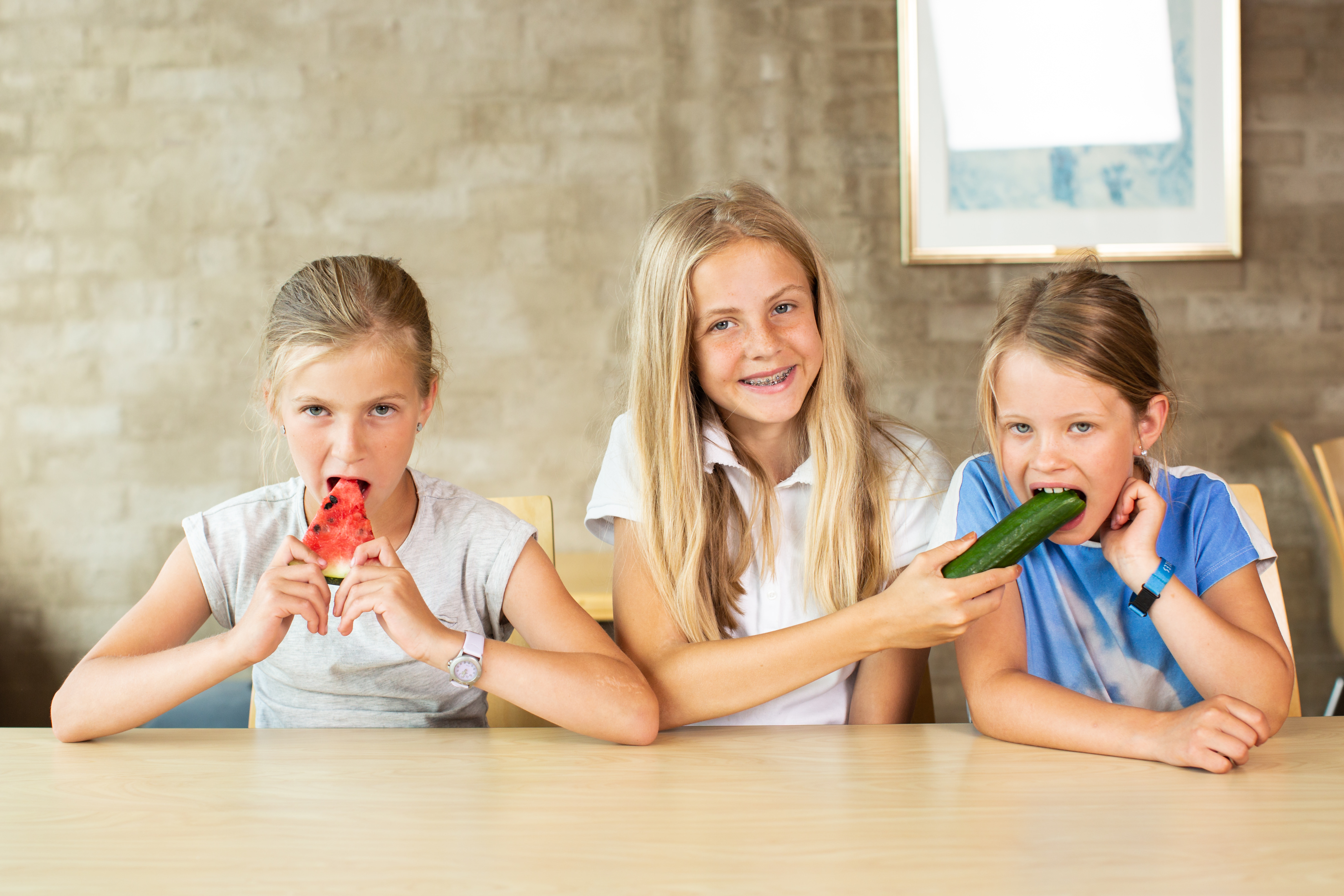Children spent a huge amount of time with their friends and peers and the relationship with them have a significant influence on their development.

I am Tija Rageliene, an Early Stage Researcher, studying preadolescents, and the influence peers and siblings have on children’s eating behavior. One of the things I want to analyze in my study is if friendship with peers is good for a child’s health. As a trained psychologist, I know well that health is a state of complete physical, mental and social well-being and not merely the absence of disease or infirmity (WHO, 1948). These 3 huge poles are closely related and one can have one without the other. Undoubtfully, good and satisfying relationship with friends and peers are crucial for healthy child development, mental and social well-being. But what about children’s physical health? Can relationships with peers have a significant impact on children’s bodies?
Ludwig Andreas Feuerbach in 1864 wrote “Man is what he eats”, meaning that to be fit and healthy one need to eat good food. Can children be the significant influencers to each other for what they eat and drink, and in turn, have a significant impact for each other’s health? In my research project, I will try to answer at least some of these questions by analyzing the factors of social relationships with peers and siblings and children eating habits and food choice.
Speaking about eating behavior and food choices, there are quite a lot of research showing that peers influence is considerable, both negative (in most cases) and positive. In my second blogpost, I will tell more about some of these studies.
The question is how to shift the influence of pre-adolescents’ friends and peers in a positive direction regarding healthy food choices.
How friends and peers can become significant role models of healthy eating behavior for children so that they want to copy their behavior and in turn become a model for their friends themselves?
How new social norms of preferring healthy food options may be created among adolescents and how they can be encouraged and motivated to follow these norms regarding healthy food consumption?
Maybe a good start point may be to consider developing strategies to engage friends to promote adolescents’ healthy dietary behaviors through modern theory-based interventions, which may be probably more effective if they would aim both at promoting healthy eating and at decreasing unhealthy eating at the same time.
One of the modern ways to reach nowadays children and adolescents may be technologies. Contemporary youth are sophisticated “technology natives” (Whitehouse, 2013). The use of mobile devices increases especially into adolescence, with most of the teenagers having their own smartphone and using them regularly on the daily basis. Therefore, using mobile phone applications in order to promote children and adolescent health-related behaviors may be an effective intervention strategy. It is necessary to find new modern and more effective ways of encouraging and empowering children on healthy eating behavior and develop an intervention strategy that covers the important factors of children’s social relationships with friends and peers.
References
Concerning Spiritualism and Materialism, Essay.1863/4, Ludwig Andreas Feuerbach
Preamble to the Constitution of WHO as adopted by the International Health Conference, New York, 19 June – 22 July 1946; signed on 22 July 1946 by the representatives of 61 States (Official Records of WHO, no. 2, p. 100) and entered into force on 7 April 1948. The definition has not been amended since 1948.
Whitehouse, S. R., Lam, P. Y., Balka, E., McLellan, S., Deevska, M., Penn, D., . . . Paone, M. (2013). Co-Creation With TickiT: Designing and Evaluating a Clinical eHealth Platform for Youth. JMIR Res Protoc, 2(2), e42. doi:10.2196/resprot.2865
behaviour, Children, ESR9, healthy eating, peer, pre-adolescents



